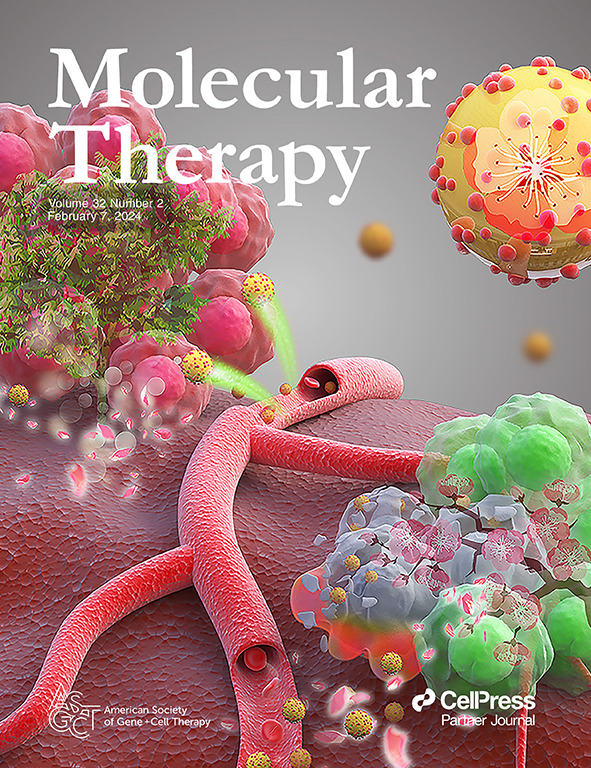Epigen-Mediated Mechanisms to Alleviate Glucose Homeostasis Disruptions in Diet-Induced Obese and STZ-Induced Diabetic Mice.
IF 12
1区 医学
Q1 BIOTECHNOLOGY & APPLIED MICROBIOLOGY
引用次数: 0
Abstract
Epidermal growth factor receptor (EGFR) plays a crucial role in cellular processes such as development and tissue repair, with dysregulation linked to various diseases, including those affecting energy metabolism. Previous studies have reported that EGFR ligands enhance glucose homeostasis through various mechanisms across different tissues. However, epigen, the latest EGFR ligand, has not been thoroughly investigated regarding its impact on energy metabolism. In this study, we employed both in vivo gain-of-function and loss-of-function approaches to investigate the role of epigen in metabolic regulation using diet-induced obesity (DIO) and streptozotocin (STZ)-induced diabetic mice. Our findings, which align with previous research on other EGFR ligands, provide the first evidence that epigen is crucial for glucose homeostasis. It promotes the release of endogenous insulin, enhances glucose uptake in adipocytes and muscle, improves glycolysis and respiration utilization in adipose tissues of DIO mice, and increases pancreatic beta cell mass in STZ-induced diabetic mice. Overall, our findings suggest that epigen could be a potential therapeutic target for managing both type 2 and type 1 diabetes, warranting further exploration in clinical settings.表原介导的机制减轻饮食诱导的肥胖和stz诱导的糖尿病小鼠葡萄糖稳态破坏。
表皮生长因子受体(EGFR)在细胞发育和组织修复等过程中起着至关重要的作用,其失调与各种疾病有关,包括影响能量代谢的疾病。先前的研究报道了EGFR配体通过不同的机制在不同的组织中增强葡萄糖稳态。然而,作为最新的EGFR配体,表观原对能量代谢的影响尚未得到充分的研究。在这项研究中,我们采用体内功能获得和功能丧失的方法来研究表观原在饮食诱导肥胖(DIO)和链脲佐菌素(STZ)诱导的糖尿病小鼠代谢调节中的作用。我们的发现与之前对其他EGFR配体的研究一致,首次提供了表观因子对葡萄糖稳态至关重要的证据。促进内源性胰岛素的释放,增强脂肪细胞和肌肉的葡萄糖摄取,改善DIO小鼠脂肪组织的糖酵解和呼吸利用,增加stz诱导的糖尿病小鼠胰腺β细胞质量。总的来说,我们的研究结果表明,表观基因可能是治疗2型和1型糖尿病的潜在治疗靶点,值得在临床环境中进一步探索。
本文章由计算机程序翻译,如有差异,请以英文原文为准。
求助全文
约1分钟内获得全文
求助全文
来源期刊

Molecular Therapy
医学-生物工程与应用微生物
CiteScore
19.20
自引率
3.20%
发文量
357
审稿时长
3 months
期刊介绍:
Molecular Therapy is the leading journal for research in gene transfer, vector development, stem cell manipulation, and therapeutic interventions. It covers a broad spectrum of topics including genetic and acquired disease correction, vaccine development, pre-clinical validation, safety/efficacy studies, and clinical trials. With a focus on advancing genetics, medicine, and biotechnology, Molecular Therapy publishes peer-reviewed research, reviews, and commentaries to showcase the latest advancements in the field. With an impressive impact factor of 12.4 in 2022, it continues to attract top-tier contributions.
 求助内容:
求助内容: 应助结果提醒方式:
应助结果提醒方式:


